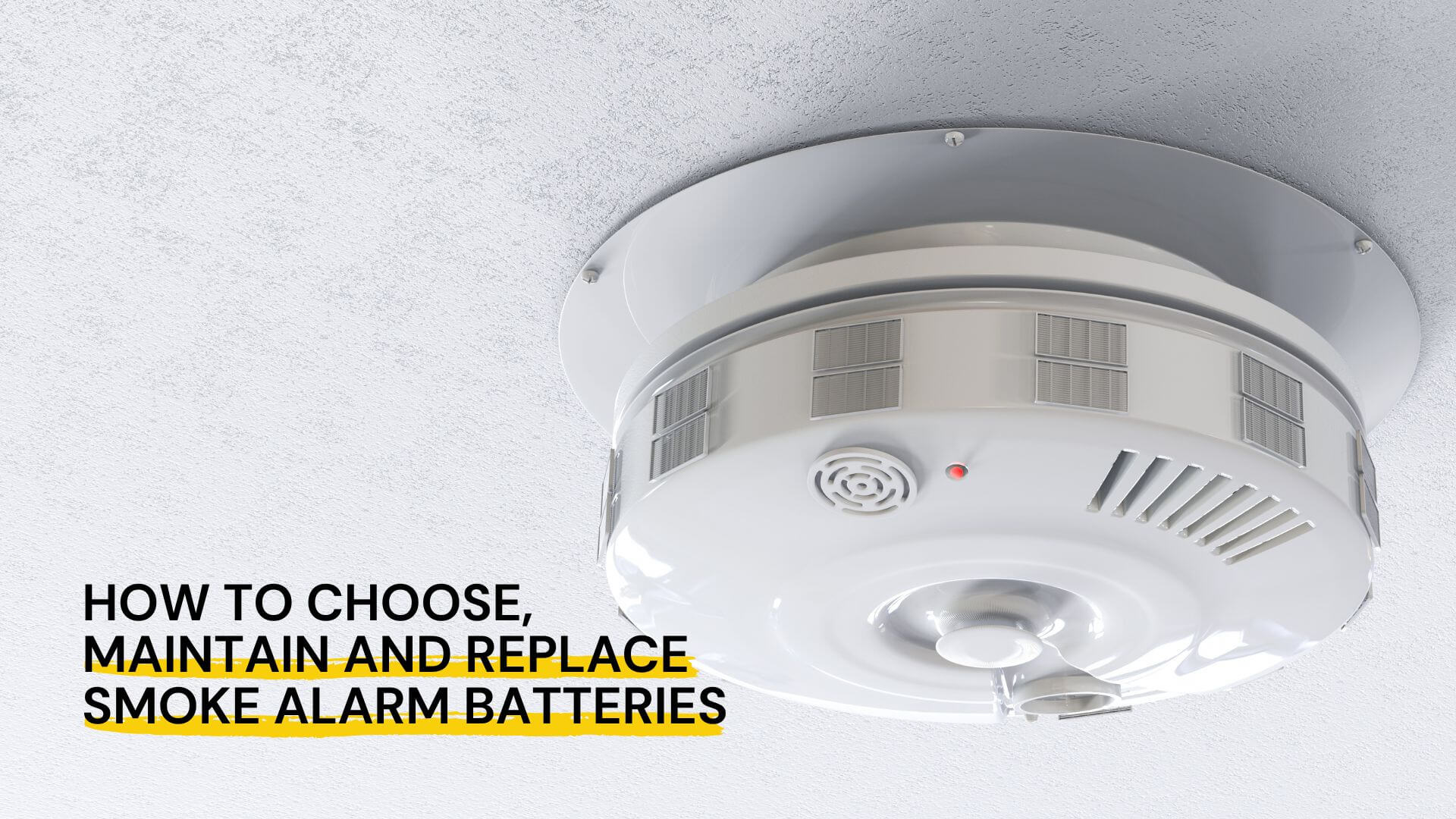Battery leakage is a common issue that can damage your devices, pose safety hazards, and create unnecessary waste. Understanding why batteries leak and taking preventive steps can save your devices and protect the environment. Let’s explore the causes, prevention tips, and cleaning methods for corroded batteries.
What Causes Battery Leakage?
Battery leakage often occurs when the internal components of a battery break down. Here are the most common causes:
1. Expired Batteries
Batteries degrade over time. When used past their expiration date, the chemical compounds inside can break down, leading to leakage and corrosion. Always check the expiration date on your batteries before use.
2. Extreme Temperatures
Batteries are sensitive to both heat and cold. High temperatures can cause internal pressure to build, while freezing temperatures can alter their chemical properties. Both extremes increase the risk of leakage.
3. Mixing Battery Brands and Types
Using batteries of different brands or mixing old and new ones in a device can cause uneven discharge rates. This imbalance can lead to one or more batteries leaking.
4. Overloading Devices
Overloading occurs when too many batteries are inserted into a device or when batteries are placed incorrectly. This can result in overheating, leakage, or even device damage.
5. Low-Quality Batteries
Cheaper batteries often use inferior materials, which are more prone to leaking. High-quality batteries, like those from Uniross, are specifically designed to be leak-proof and long-lasting.
How to Prevent Battery Leakage
1. Use High-Quality Batteries
Invest in trusted brands like Uniross, known for their reliable and leak-proof batteries. High-quality batteries not only last longer but also reduce the risk of corrosion.
2. Store Batteries Properly
Always store batteries in a cool, dry place. Avoid areas with high humidity or extreme temperatures, such as attics or garages.
3. Avoid Mixing Brands or Types
Stick to the same brand and type of batteries in a device. Mixing can lead to uneven discharge and increased risk of leakage.
4. Check Batteries Regularly
Inspect devices that use batteries frequently. If you notice any signs of corrosion or wear, replace the batteries immediately.
5. Remove Batteries from Unused Devices
If you’re not using a device for an extended period, remove the batteries. This prevents the build-up of gas inside the battery, which can lead to leakage.
How to Clean Corroded Batteries Safely
If battery leakage has already occurred, follow these steps to clean the corrosion safely:
1. Safety First
Wear rubber gloves and safety goggles to protect yourself from potassium hydroxide, the chemical found in leaking batteries. Avoid touching the corrosion with bare hands.
2. Remove the Batteries
Carefully take out the corroded batteries and place them in a sealable plastic bag for proper disposal.
3. Neutralize the Corrosion
Use vinegar or lemon juice to neutralize the alkaline potassium hydroxide. Dip a cotton swab or old toothbrush in the liquid and gently scrub the affected areas.
4. Clean Residue
Mix a small amount of baking soda with water to create a paste. Apply it to the corroded areas and scrub gently to remove any remaining residue.
5. Wipe and Dry
Wipe away all cleaning agents with a damp cloth or cotton swab. Allow the device to dry completely before inserting new batteries.
Why Recycling Batteries Matters
Improperly disposed batteries can leak harmful chemicals into the environment, contaminating soil and water. Recycling is essential to minimize environmental damage.
Uniross is committed to sustainability, offering eco-friendly batteries and encouraging recycling through partnerships with programs like Batribox. These initiatives make it easy to recycle batteries safely and responsibly.



